Strategic Placement of House Wrap with Halo’s Exterra for Enhanced Building Protection
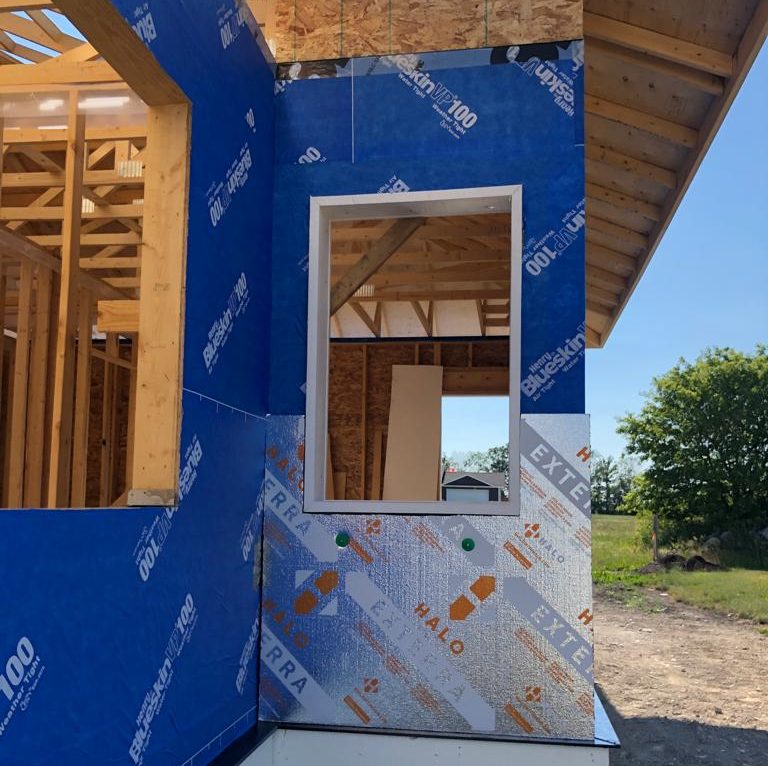
In 2024, optimizing your home’s insulation and moisture barrier strategies remains crucial, particularly when considering Halo’s Exterra as a pivotal component of your construction approach. Exterra has proven to be an effective standalone option for wall insulation and moisture protection. Yet, the addition of house wrap in conjunction with Exterra continues to be a popular […]
Comparing Halo Exterra by Logix Brands and Comfortboard 80 by Rockwool
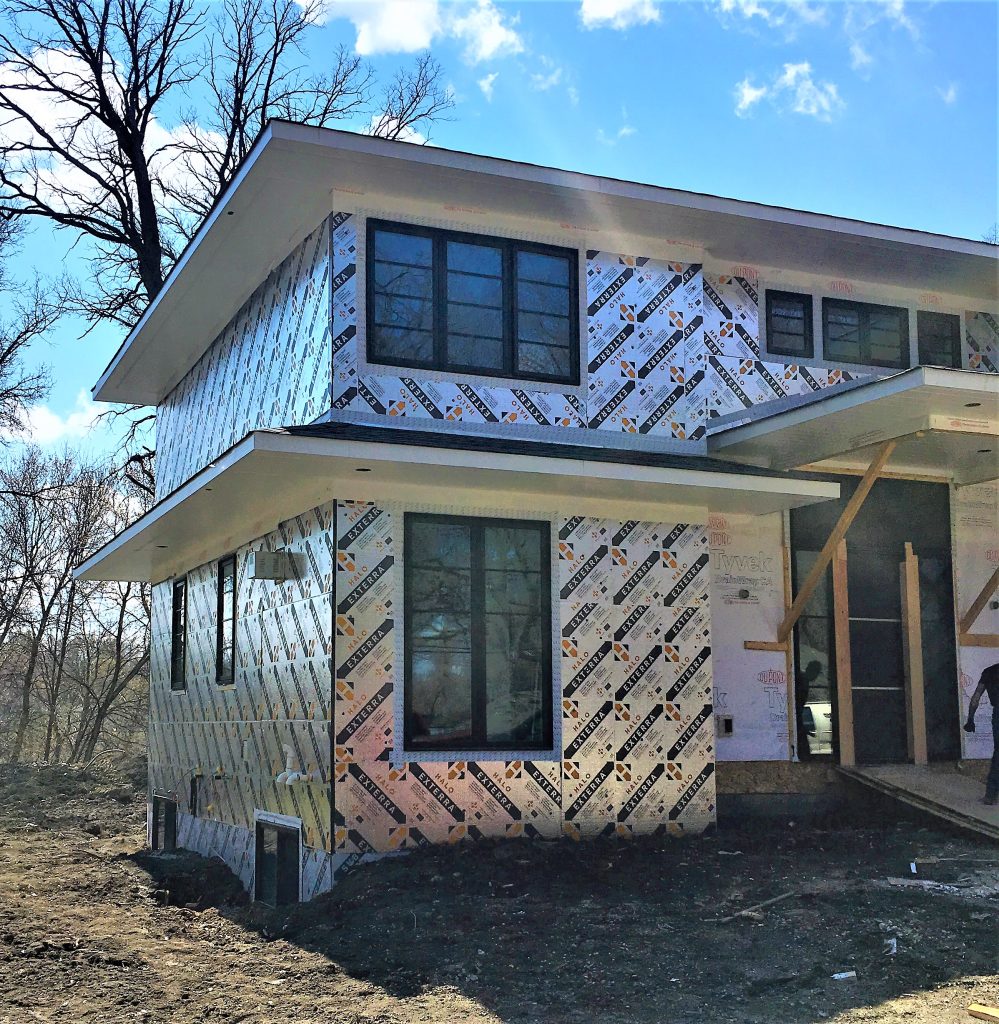
Insulation plays a pivotal role in residential construction, affecting a building’s energy efficiency, safety, comfort, and environmental impact. The debate between Halo Exterra by Logix Brands and Comfortboard 80 by Rockwool (Figure 1) has stirred interest among architects, contractors, and homeowners. Both are renowned for their respective qualities, yet understanding their nuances is important for […]
How To Correctly Position the Dew Point Using Exterior Insulation: Guidelines for Builders
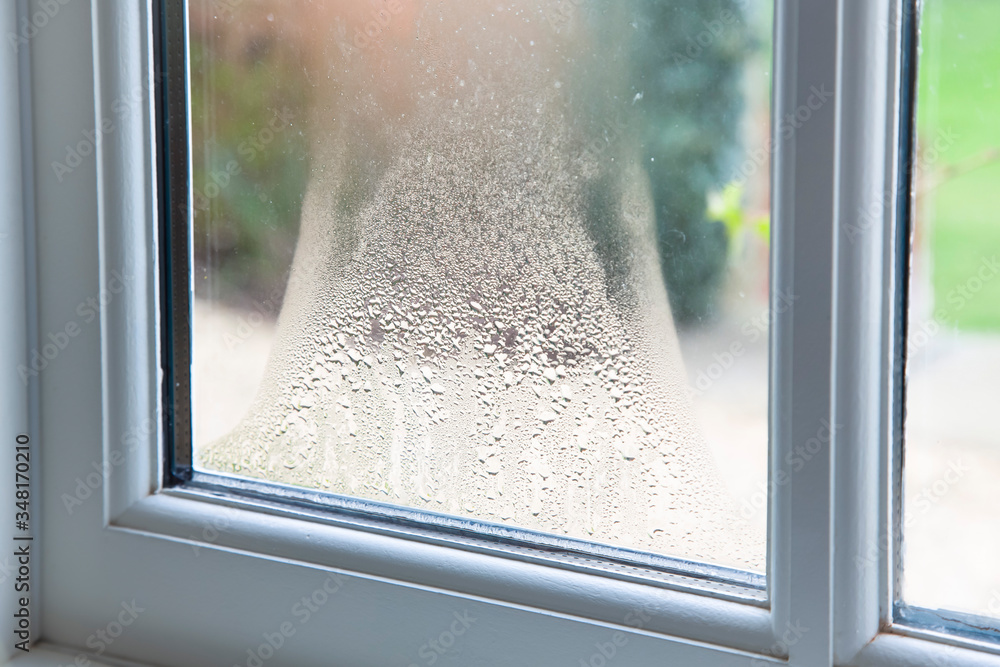
In the harsh realities of cold climates, it is essential that structures are built not only to keep the inhabitants comfortable but also to withstand the challenges posed by moisture condensation, which can often occur within the wall assembly. An integral step in this process is calculating the correct thickness of exterior continuous insulation, such […]
Securing Exterior Insulation Greater Than 2 Inches (50mm) In Thickness
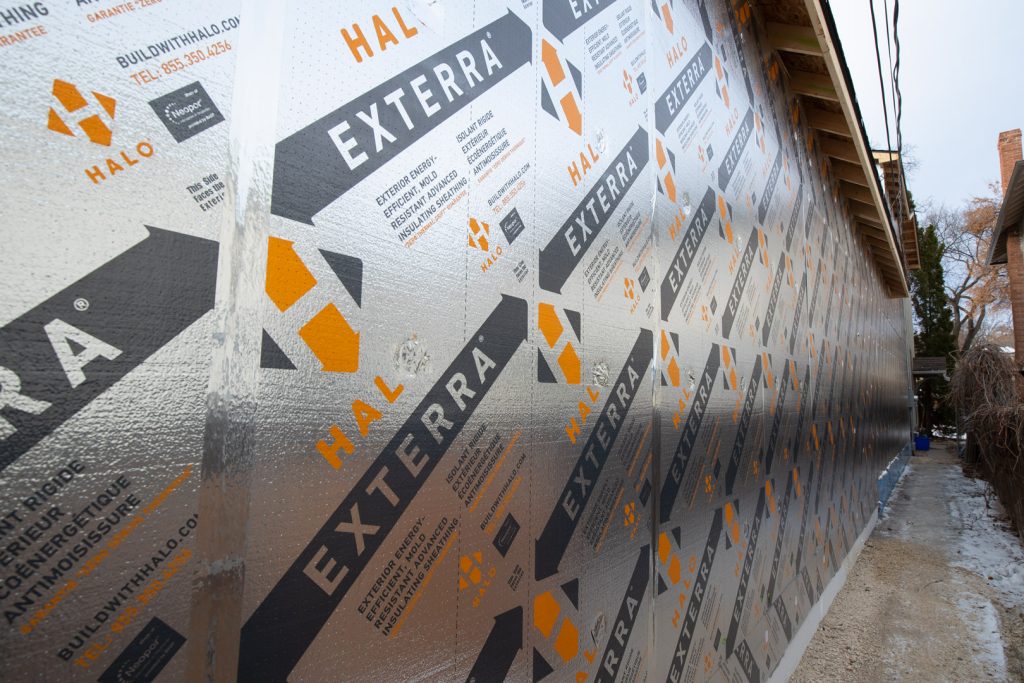
Exterior continuous insulation such as Halo Exterra has become a minimum requirement in building codes across most of North America for residential buildings. At the initial stages of exterior insulation, the thickness applied ranges from ½ an inch (13mm) up to 2 inches (50mm) depending on the climatic zone. As building codes progress towards more […]
How to Determine The Correct Foam Board Insulation Thickness For Your Project?
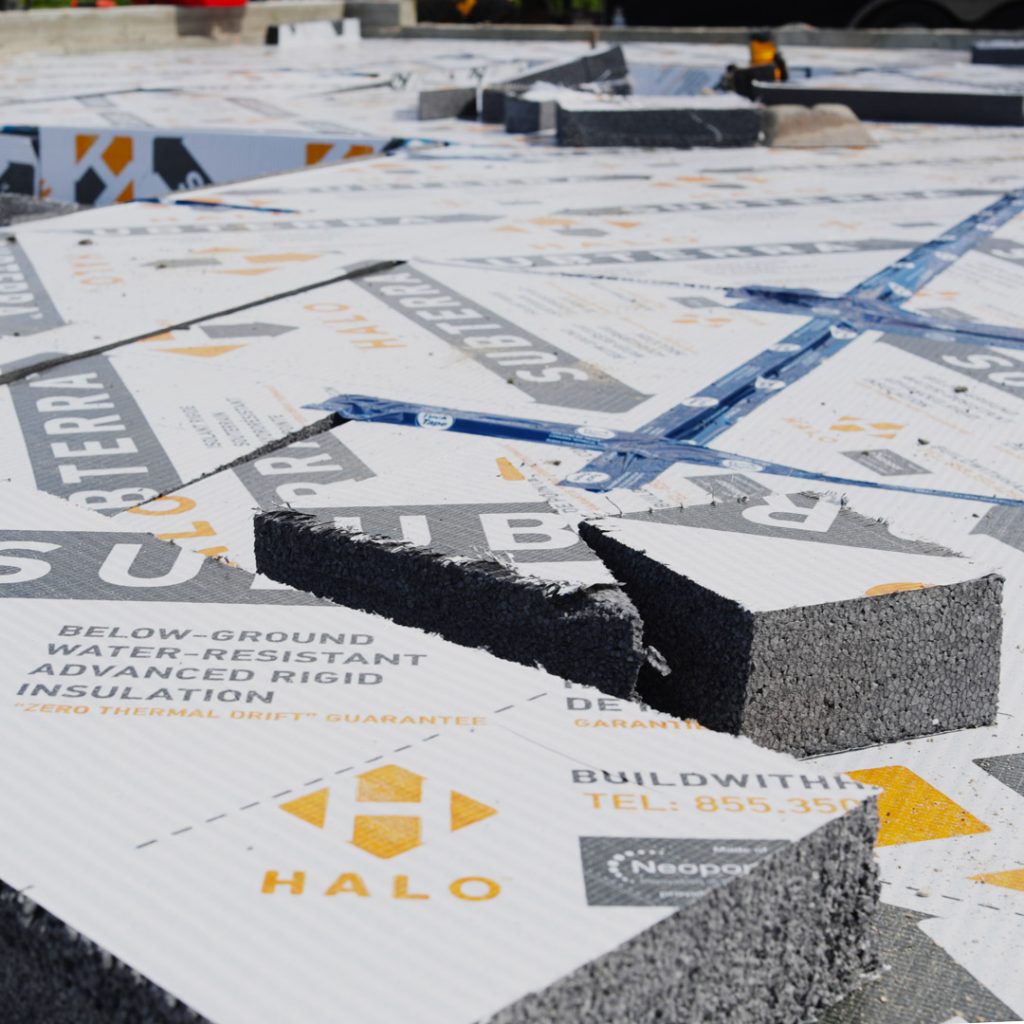
Foam board insulation is an essential component in any wall assembly — it boosts R-values, helps manage moisture build up in the wall cavity and eliminates thermal bridging. But how thick should your layer of rigid insulation be? The answer hinges on nine general factors that determine the required thickness of foam board insulation on […]
Is Foam Board Insulation Flammable?
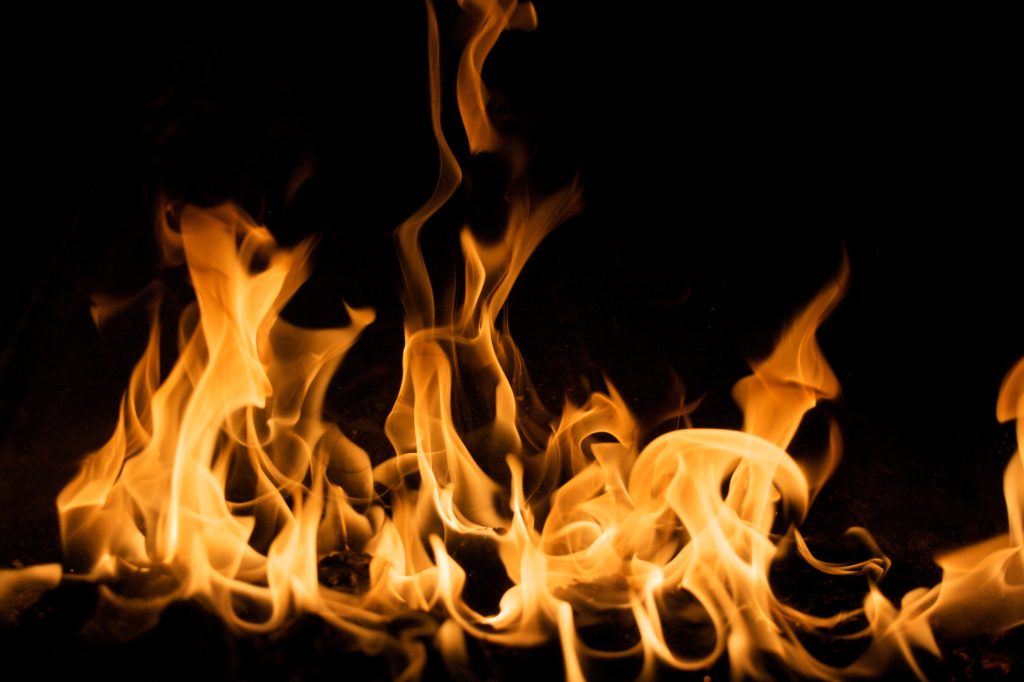
Yes, foam board insulation is flammable. However, Neopor’s graphite polystyrene (GPS), which is used in Halo products, is treated with a fire retardant which greatly reduces flame spread and helps the fire to self-extinguish once the source of fire is removed. Thus, Neopor, and all Halo products, are approved for the construction of homes and […]
How To Eliminate OSB Using Halo Exterra (A Case Study)
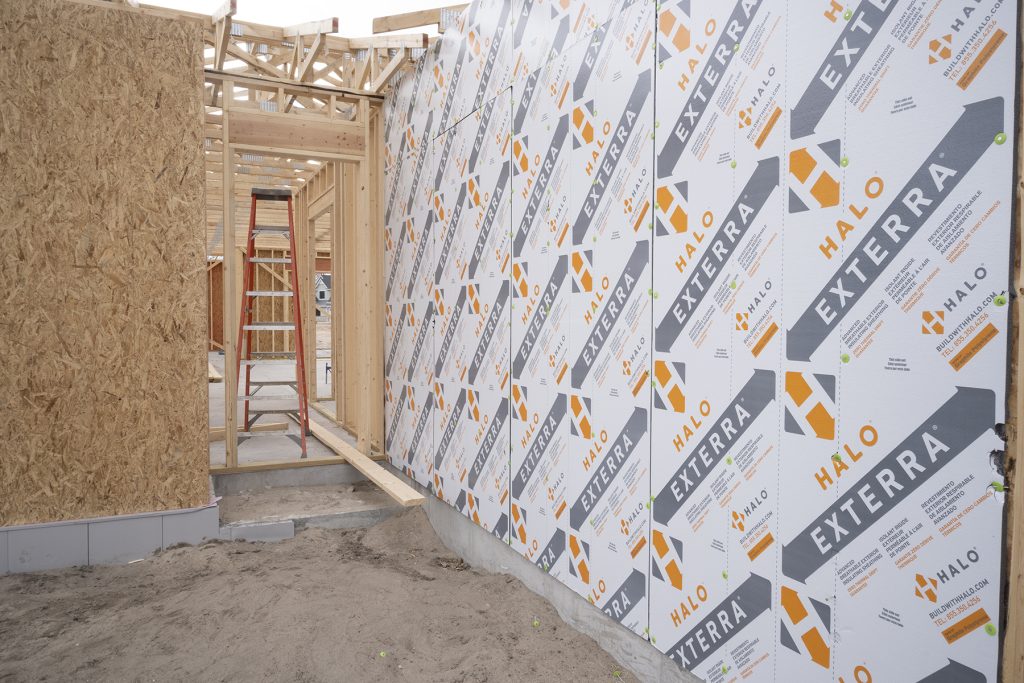
Check out this excellent example of how structural drywall, hold-down devices, structural ties, and minimal use of OSB can help builders save money and construct energy-efficient homes.
Where is the WRB (Water Resistive Barrier) in Halo Exterra?
Discover the two options for creating a weather resistive barrier using Halo Exterra panels. Read the full article for the details.
5 Tips for Installing Foam Board Insulation in a Very Cold Climate
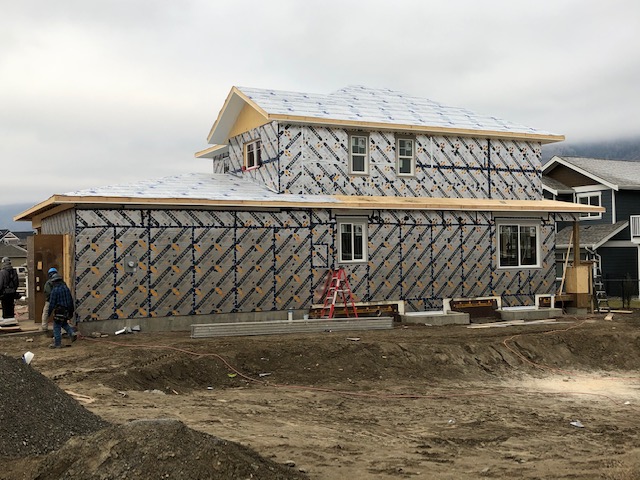
Construction can’t always wait for a warmer day. If you’re building in the middle of a North American winter, check out these 5 steps to protect Halo’s rigid insulation products from cold-related damage
How Exactly is Halo Exterra “Breathable”?
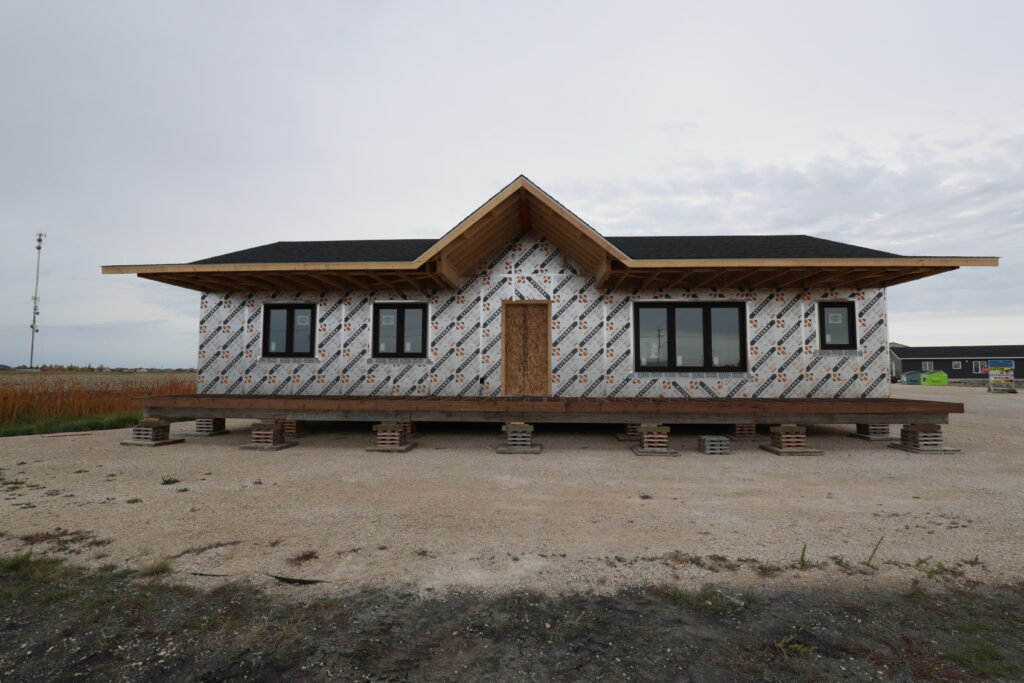
To take advantage of Exterra’s breathability, you’ll need that poly vapor barrier on the warm side to block vapor and moisture from traveling inside the building. Learn more about this code requirement here.


